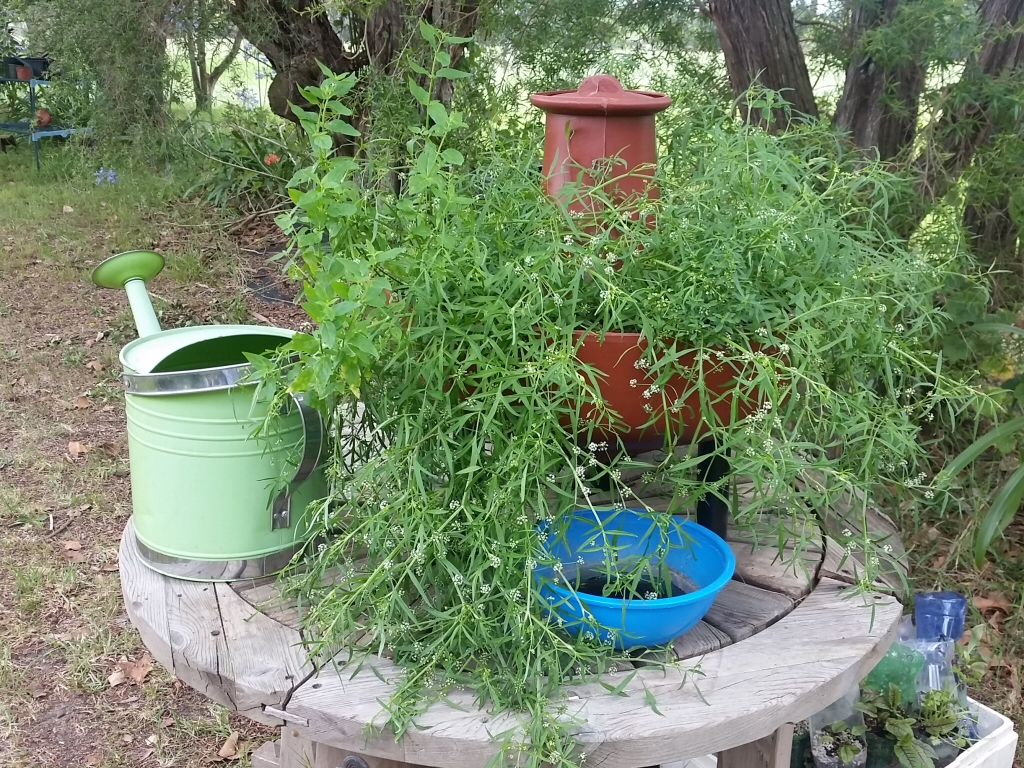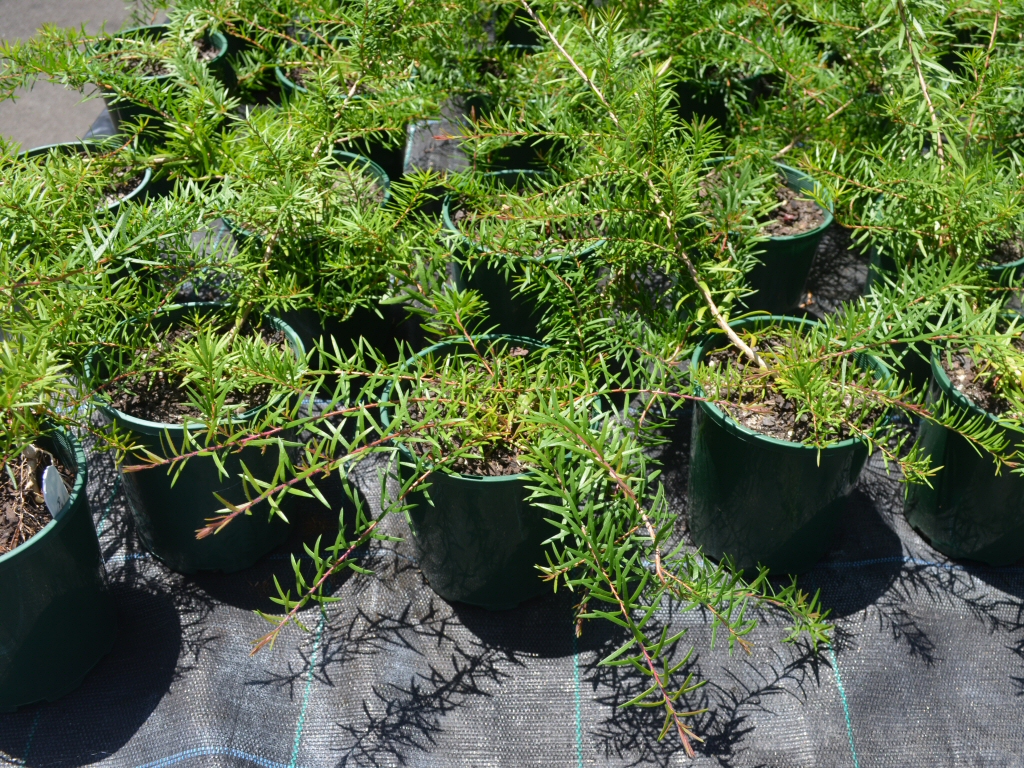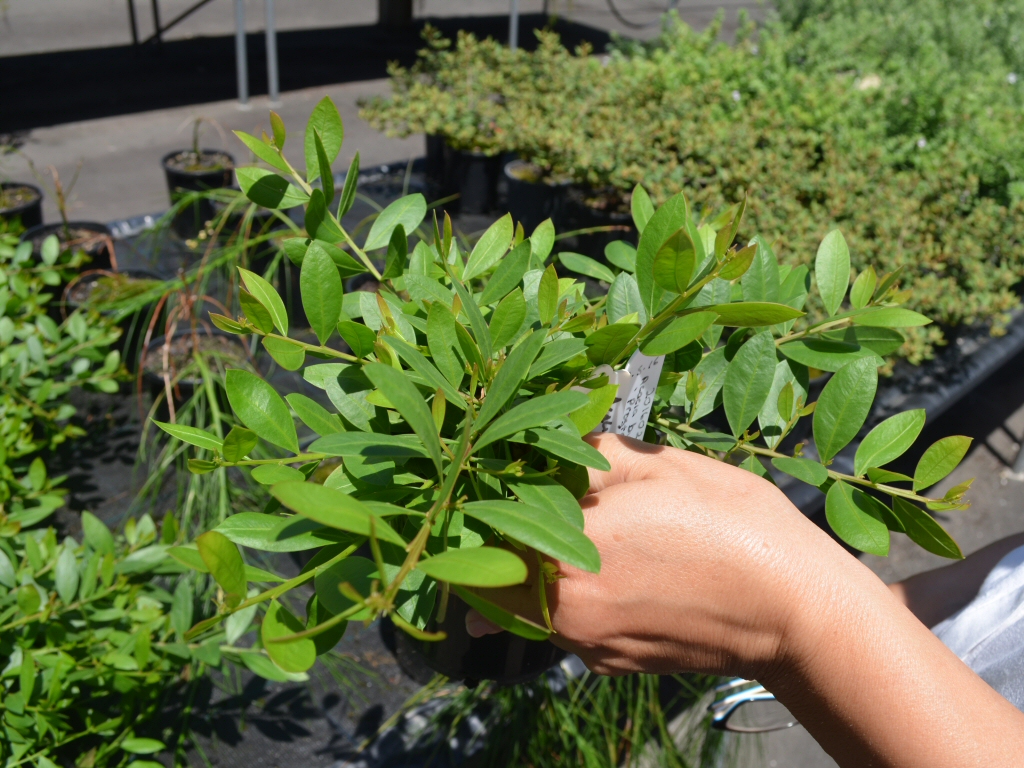This newsletter comes amid a large change for me, as I am relocating from the Central Coast of New South Wales where I grew up and spent a lot of my life. I shall be putting down new roots in Tasmania, where I have bought a lovely property. Once there, I will be planting an arboretum of interesting native plants, shrubs and trees, with the aim of finding new ways that our wonderful Aussie natives can bring benefits to our world. I would also like to establish a lot of rare and endangered native plants there as well, given the pace of climate change at the moment. As a keen horticultural scientist and explorer, I can’t wait to begin this bold new plant journey.
I’m also putting the finishing touches to my next book, which I’m writing in collaboration with my good friend and soil scientist, Simon Leake, who also worked with me to develop the Bush Tucker fertiliser with Neutrog. The book will be out later this year, and is a bit of a change of topic from my usual Australian native books. It will be about another of my horticultural passions, sustainable food production and soil improvement. It’s going to be a cracker and will also include a lot of the research I have been doing on growing bush foods, as I think the world needs a more diverse range of food crops for the future!
The fun part is that I’ve been trialing some methods for home grown produce, using my trusty worms as my fertilizing and soil improving side kicks. In particular, I would like to mention an all Australian worm farming invention called Composta, which is seen here below with my some of my favourite small edible native plants- sea parsley (Apium prostratum), native mint (Mentha australis) and yam daisy (Microseris lanceolata). The brilliance of the Composta (available to buy in my online shop) is that a worm farm is embedded in a free standing container full of potting mix. Soft kitchen scaps such as banana skin, potato peel and apple cores are added to the worm ‘tower’ and the liquid the worms produce leaks out of the tower via holes below the potting mix surface. The more you feed it, the faster your plants grow. The results we have seen speak for themselves in the photo below, which is after only a month or so after tube sized plants were used-
Another project that is coming along nicely is my work at the Plantbank at Mount Annan. Having collected a range of interesting native plants from the Catherine Hill Bay area, south of Newcastle, the acid test was to see how they would perform in cultivation. In particular we have found ground covering forms of a variety of interesting species including, Melaleuca nodosa, Callistemon linearis, Acacia myrtifolia and Viminaria juncea. One of the key objectives in the project was to find plants that can be used to revegetate a the huge new development at Catherine Hill Bay with great forms of the local species. Just look at these beauties below!
My next newsletter will be from Tasmania, I can’t wait!



